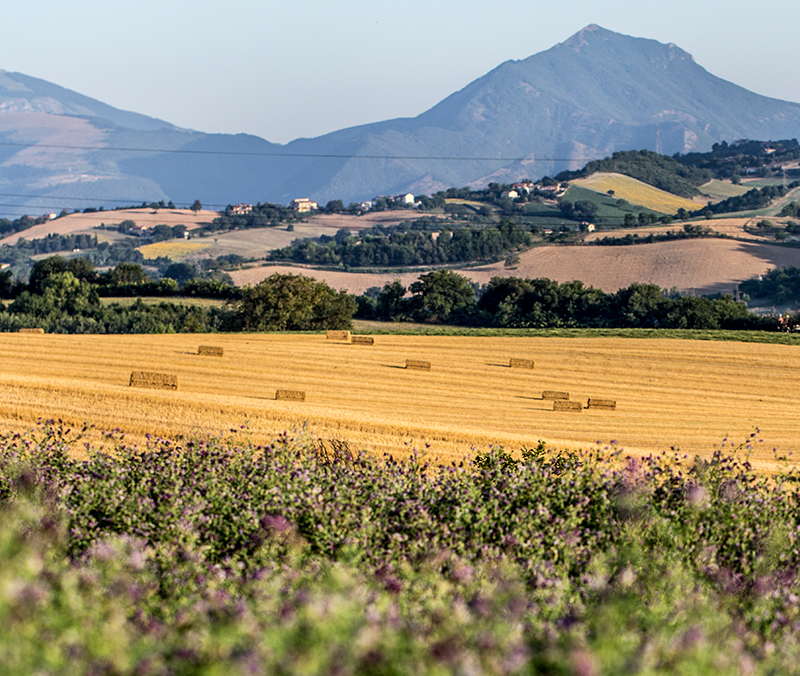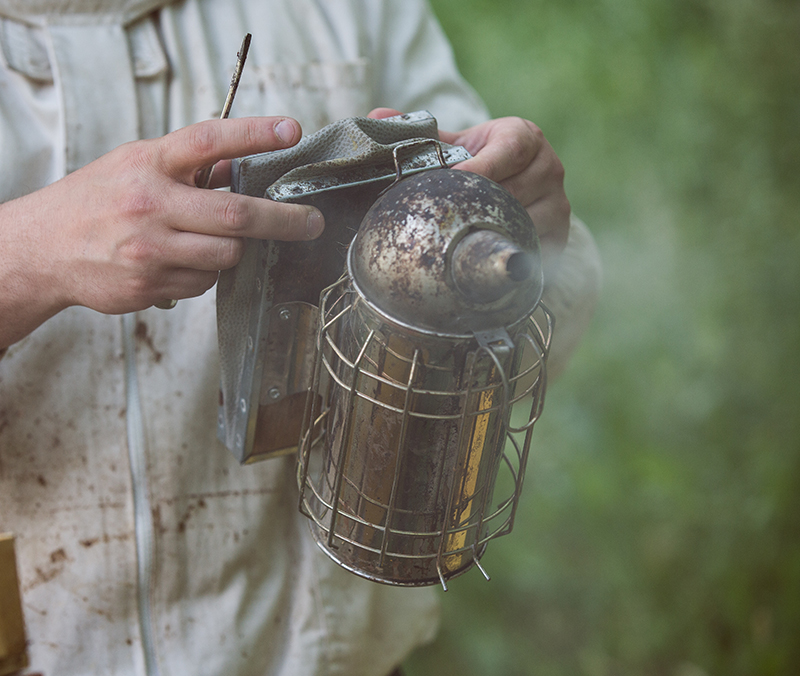Data
sheet
Country of origin
Italy
Production area
Hilly Marche hinterland
Flowering
July; flowering was anticipated in May - June in the past.
Origin
Castanea sativa M. flower nectar and other plant species in non-majority quantities. The chestnut tree is a large tree of 25-40 meters, with wide foliage and yellowish flowers. It is found in southern European forests, Algeria and Asia; in Italy chestnut groves are both natural and cultivated.
Production method
Honey extraction from honeycombs (not containing brood) with closed cells, therefore with humidity ≤ 18%: removal, uncapping, centrifugation and decantation of honey, then potting. Intact packaging without rust spots, bearing labels showing the indications required by the law in force, including the identification of the production batch. No GMOs are present and no ionizing treatments are applied.
Organoleptic
Aspects
It remains liquid for at least two years after harvest.
Visual Examination
Amber color, tending to dark tones.
Olfactory Examination
Clear with a strongly intense and pungent smell that recalls tannin or phenol... sometimes, even the cooking water of chickpeas. Some people define it as "railroad crossbar", that is the smell of wood soaked with bituminous materials, so spicy and wild.
Taste Examination
Reminiscent of the smell: astringent, almost tannic, with a bitterish perception, quite persistent and clearly not very sweet... however, pleasant and quite captivating.
More info
Contraindications
Product abuse (more than 60 g per day) is not recommended. Allergy sufferers with high allergy occurrences (in particular hay allergy to Graminaceae, Cupressaceae, Betulaceae, Salicaceae, Fagaceae, etc.) should avoid the intake of any hive product, including honey, due to potential allergenic pollen contamination. Keep out of the reach children under the age of 3.
Recommendations for use
Given its characteristic bitterness, it should to be paired with cheese that is not excessively spicy, indeed with sweet taste, mainly cow's milk. Some find it excellent as an addition to a good mocha coffee, instead of more "transparent" sweeteners, for its combination with bitter tastes coming from the roasted bean. Traditional Medicine gives it antiseptic and slightly astringent properties in the intestine as well as supporting the circulation.
Conservation
It fears heat and humidity. Store in a cool dry place, away from direct light.
Packaging
Glass jar
Net weight
250gr
Certification
MiPAAF certified organic product, Inspected operator no. 44913.









